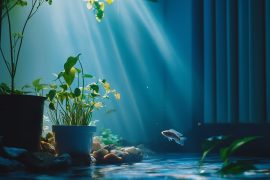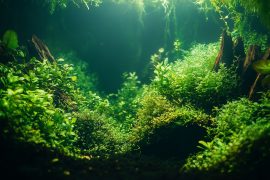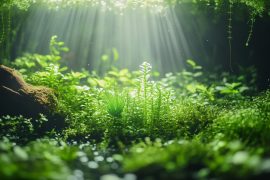Let me tell you about my most embarrassing moment as a professional aquascaper. I was giving a workshop at a local aquarium club, demonstrating some basic techniques for creating naturalistic aquascapes. During the Q&A, someone asked what I thought was a reasonable budget for a beginner looking to create their first planted tank.
Without thinking much about it, I rattled off a figure—about $500 for a modest setup, not including livestock. The room got quiet. Then someone in the back said, “Well, I guess this hobby isn’t for people like me.” The way they said it—a mixture of disappointment and resignation—hit me like a bucket of ice water.
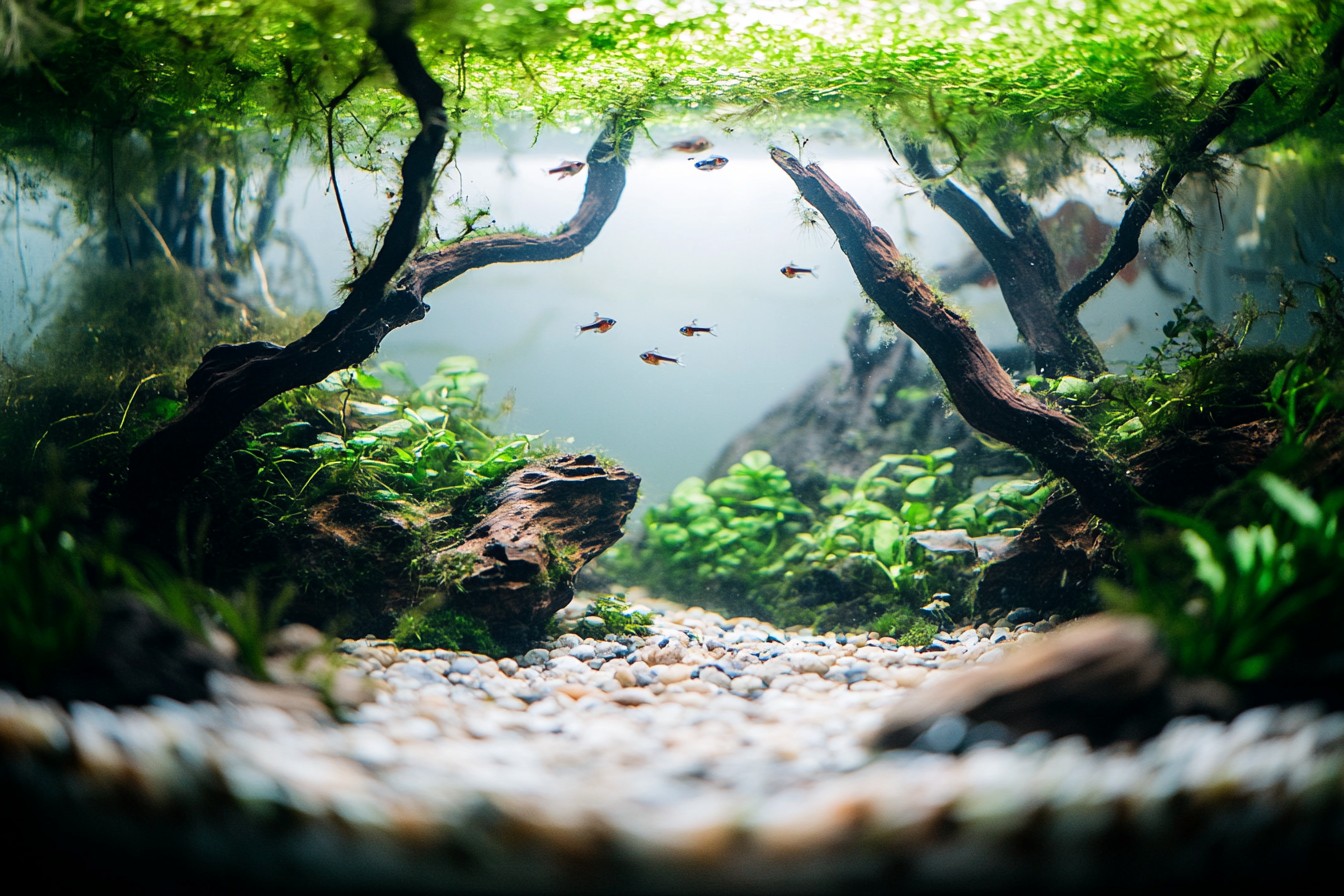
I’d become so accustomed to the high-end materials and equipment I used professionally that I’d lost touch with how intimidating those costs could be for newcomers. That moment changed how I approach aquascaping, both in my professional work and in how I teach others. The truth is, this hobby has a reputation for being expensive, and it certainly can be.
The glossy aquascaping competition tanks with their exotic hardscapes, rare plants, and cutting-edge equipment can easily run into thousands of dollars. But creating beautiful underwater landscapes doesn’t have to drain your bank account. Some of my favorite tanks—both my own and others’—have been created on shoestring budgets using creativity instead of cash.
So let’s talk about affordable aquascaping—how to create stunning tanks without the stunning price tag. I’m not going to pretend you can do this for pocket change, but I firmly believe anyone with moderate resources and abundant creativity can create aquascapes they’ll be proud to display. First, let’s address the biggest expense for most aquascapers: the tank itself.
New aquariums aren’t cheap, especially if you’re looking at rimless, high-clarity glass models that showcase aquascapes beautifully. But there are alternatives that can save you substantial money right off the bat. The used market is absolutely flooded with aquariums.
Check Facebook Marketplace, Craigslist, OfferUp, or local aquarium club forums, and you’ll find tanks at fraction of retail prices. People leave the hobby, move to different apartments, upgrade their setups, and suddenly need to offload perfectly good tanks quickly. I’ve picked up tanks for 10-25% of their retail value this way.
My office tank—a beautiful 60cm rimless that retails for over $200—cost me exactly $40 from someone moving out of state who needed it gone by the weekend. When buying used, just be sure to check carefully for cracks, scratches, or failing seals. Fill it outside or in a bathtub before bringing it into your living space.
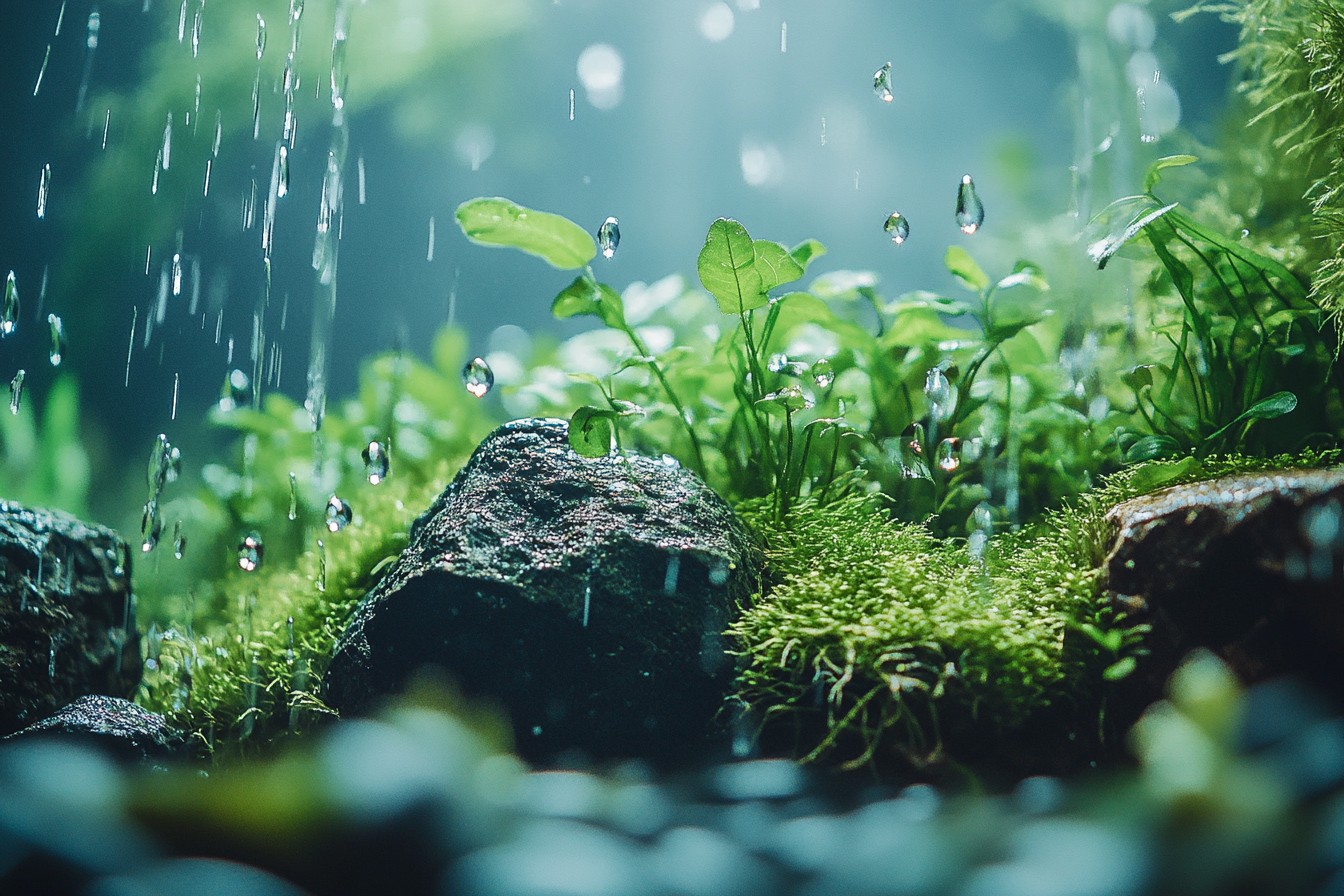
A 20-minute inspection can save you from a disaster later. If you can’t find a good used tank, standard framed aquariums (like the ones made by Aqueon or Marineland) are significantly cheaper than fancy rimless versions and work perfectly well for aquascaping. The black trim isn’t as aesthetically clean as a rimless design, but once your aquascape is established and growing, trust me—nobody’s looking at the tank edges.
They’re focused on the underwater landscape you’ve created. Stands are another major expense that can be mitigated with creativity. Commercial aquarium stands, even for small tanks, often cost as much as the tank itself.
But any sturdy furniture that can safely hold the weight will work. Remember that water weighs about 8.3 pounds per gallon, so you need something solid. I’ve used everything from repurposed kitchen cabinets to reinforced IKEA furniture (with additional bracing added) to custom-built DIY stands made from 2×4s and plywood, then painted or stained to look presentable.
My favorite budget stand solution was for a 20-gallon tank in my first apartment after college. I found a solid wood dresser at a thrift store for $25, reinforced the interior with some basic cross-bracing, and had a perfect stand that also provided storage drawers for all my aquascaping tools and supplies. Total cost was under $40 and an afternoon’s work.
A comparable commercial stand would have been $150+. Now let’s talk about hardscape—the rocks and wood that form the structural backbone of your aquascape. This is where retail prices can get absolutely bonkers.
I’ve seen small pieces of specialty aquascaping wood like Bonsai or Spider wood selling for $40-60 each in aquarium stores. Exotic stone like Seiryu or Ohko can easily run $5-8 per pound. For a moderately sized tank, you could drop $200+ on hardscape materials alone following this route.
But there are fantastic alternatives that cost little or nothing if you’re willing to put in some effort. For rocks, local landscaping supply yards sell a variety of stone types by the pound at a fraction of aquarium store prices. River rock, slate, quartz, and various granites can all work beautifully in aquascapes.
I’ve bought 50 pounds of excellent aquascaping stone for under $30 this way. Just make sure to choose inert rocks that won’t affect water chemistry (avoid limestone and other calcium-rich stones unless you specifically want to raise hardness and pH). For those even more adventurous, responsibly collected stones from nature can cost nothing but time.
Some of my favorite hardscapes have featured weathered granite pieces I collected during hikes. Just be sure you’re collecting legally and responsibly—no taking from protected areas, private property without permission, or disturbing natural habitats. And always clean and sterilize naturally collected materials thoroughly before adding them to your tank.
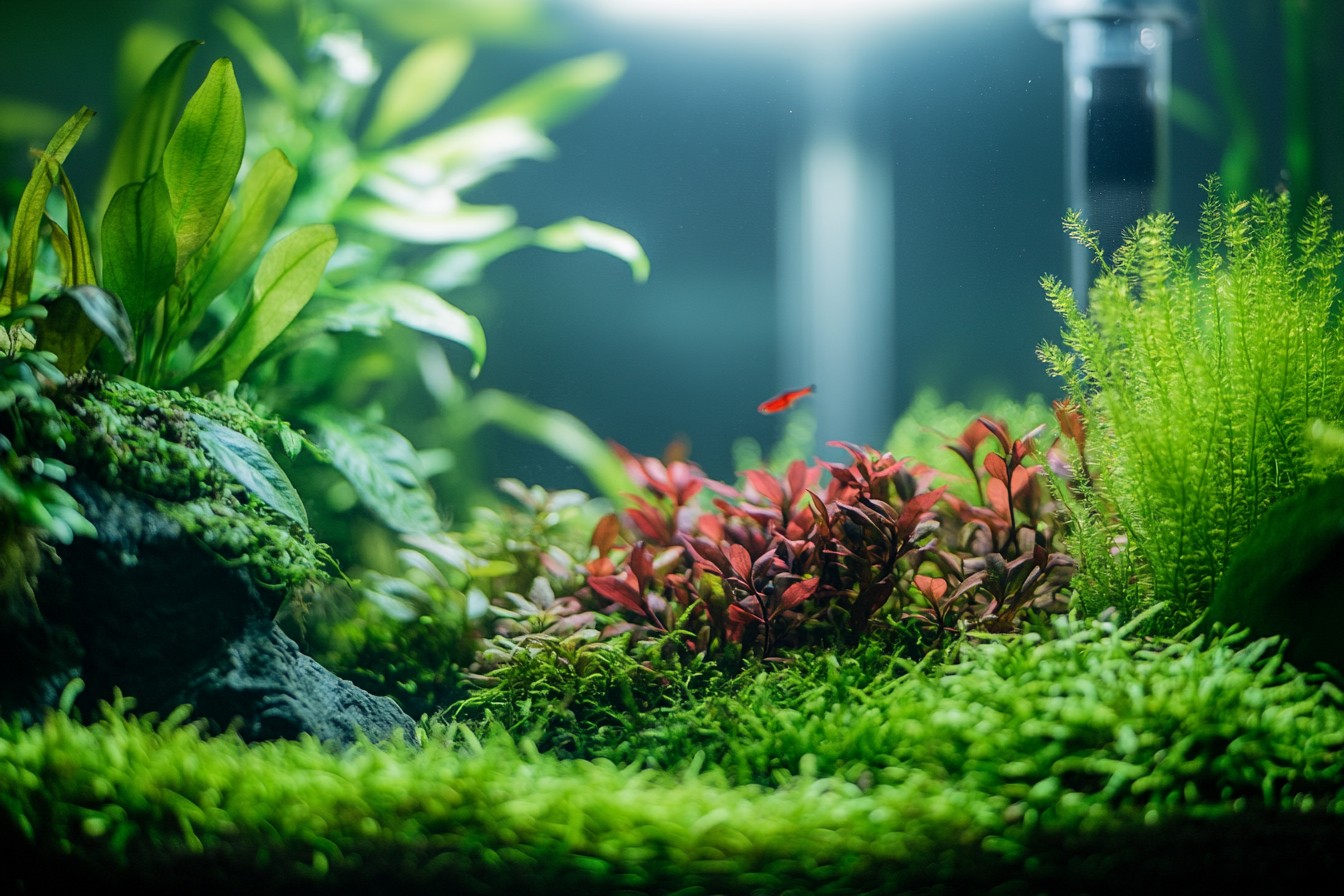
For wood, similar principles apply. Specialized aquarium retailers charge premium prices for pieces that are essentially just interesting branches and roots. Driftwood collected from beaches, streams, and lakes can be just as beautiful and cost nothing.
Oak, maple, and fruit wood branches from your yard can work well too, though they require more preparation. One of my most stunning budget tanks featured a hardscape made entirely from oak branches collected after a neighbor pruned their tree. I removed the bark, cured them for several months, then boiled and soaked them until they sank.
The resulting arrangement had all the complexity and interest of expensive spider wood but cost me nothing but time and effort. When collecting wood, avoid resinous types like pine or cedar, which can leach harmful compounds into your water. And be prepared for natural wood to take considerable time to waterlog and sink—sometimes weeks or months of soaking.
Plan accordingly, or use small rocks to weigh branches down until they absorb enough water to stay put on their own. Substrate is another area where retail aquarium products carry hefty markups. Specialized planted tank substrates like ADA Aquasoil or Fluval Stratum can easily cost $40-50 for a single bag—often not even enough to properly cover the bottom of a medium-sized tank.
These products do provide benefits for plant growth, but budget-friendly alternatives exist. My go-to affordable substrate for planted tanks is a combination of organic potting soil capped with sand or fine gravel. A $4 bag of organic potting soil (with no added fertilizers or manure) under a $5 bag of pool filter sand creates a nutritious base for plants at about 20% the cost of aquascaping-specific substrates.
This approach, often called the Walstad method after Diana Walstad who popularized it, has grown some of the healthiest plants I’ve ever kept. For even simpler setups, plain sand or fine gravel with root tabs placed under heavy root feeders provides good results at minimal cost. Black Diamond blasting sand, available at many hardware stores for about $10 for a 50-pound bag, is a particular favorite in the budget aquascaping community.
Its dark color makes plants and fish pop visually while providing a natural-looking substrate. Now for the plants themselves—an area where costs can quickly spiral if you’re not careful. Tissue culture cups and specialty aquarium plants from big retailers often run $8-15 per small portion, meaning a fully planted tank could easily cost $100-200 just in plants.
But there are much more affordable ways to green your underwater landscape. First, never underestimate the power of fast-growing, easy stem plants. Species like Hygrophila polysperma, Rotala rotundifolia, Bacopa monnieri, and Hygrophila difformis grow like weeds in most conditions.
A single portion, if healthy, can be trimmed and replanted repeatedly to fill a tank over time.

